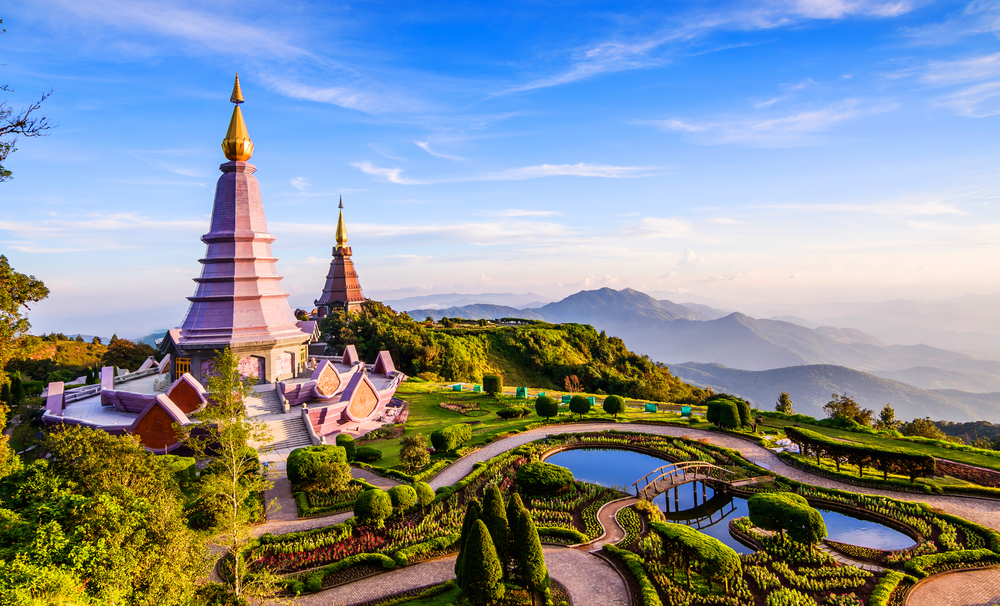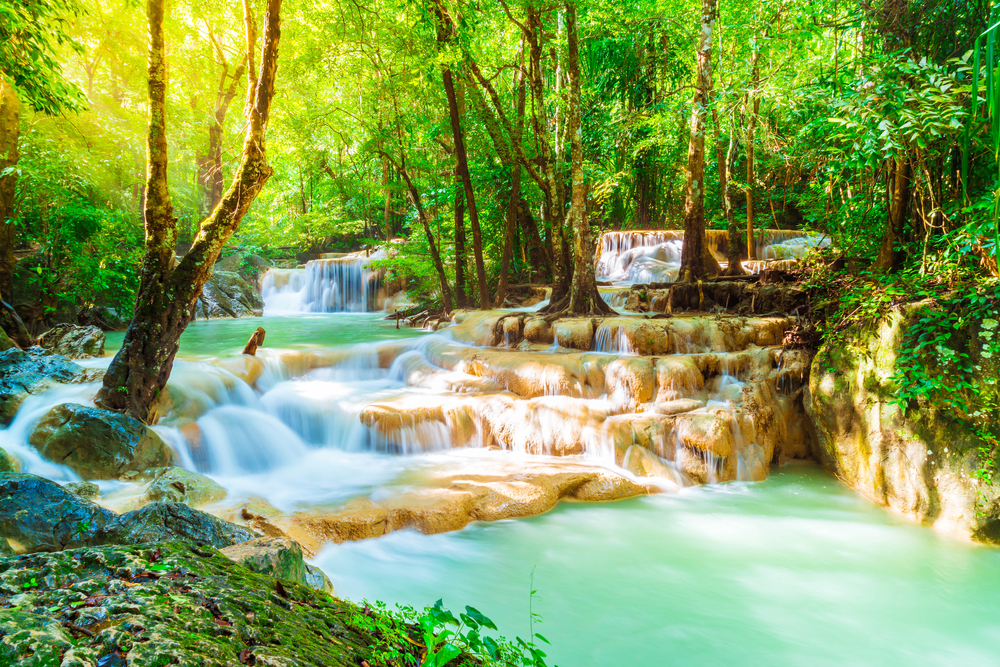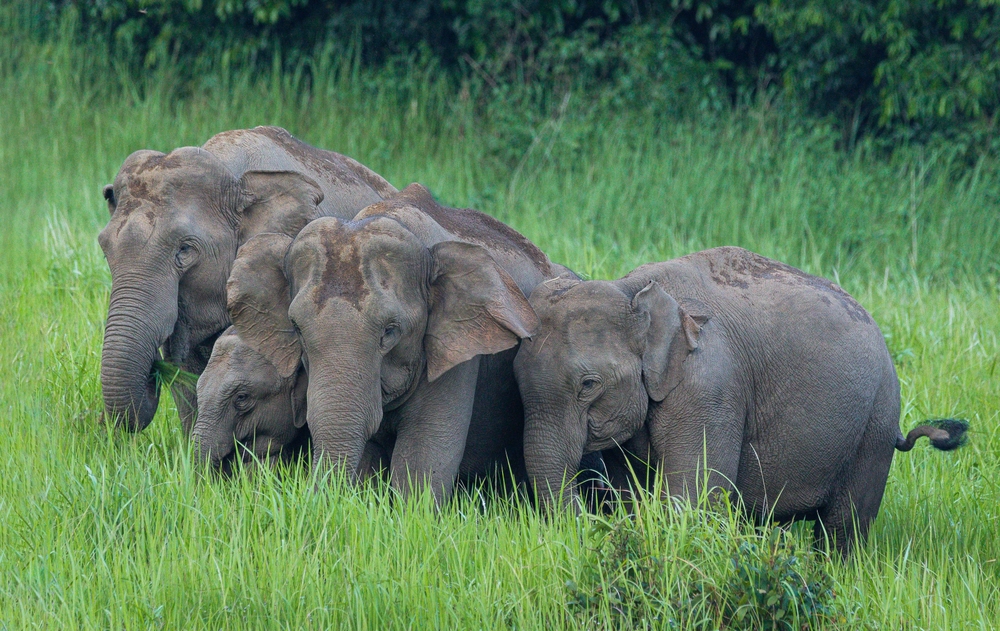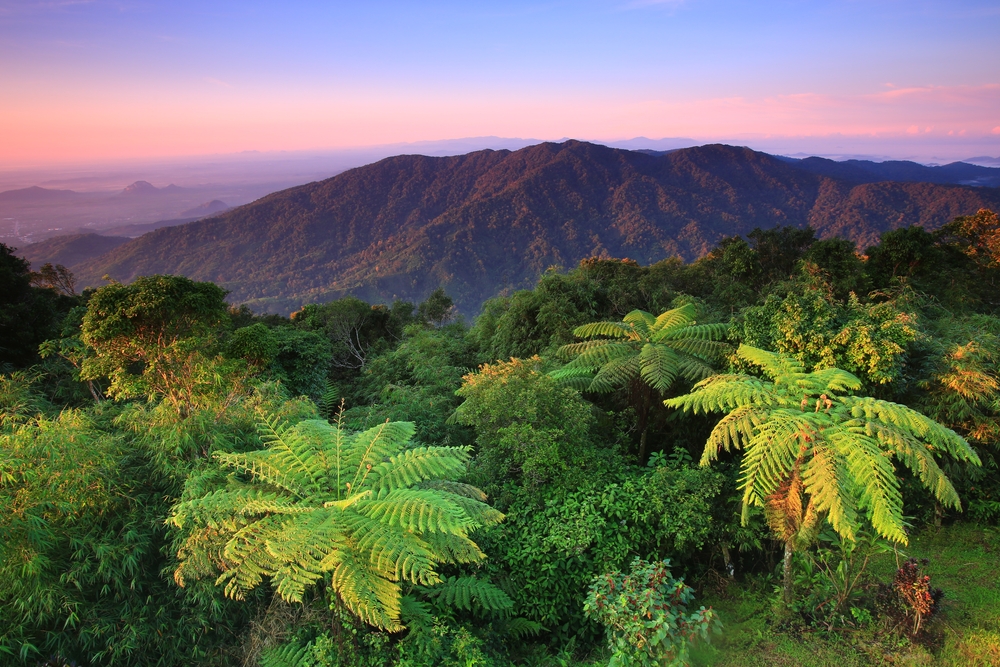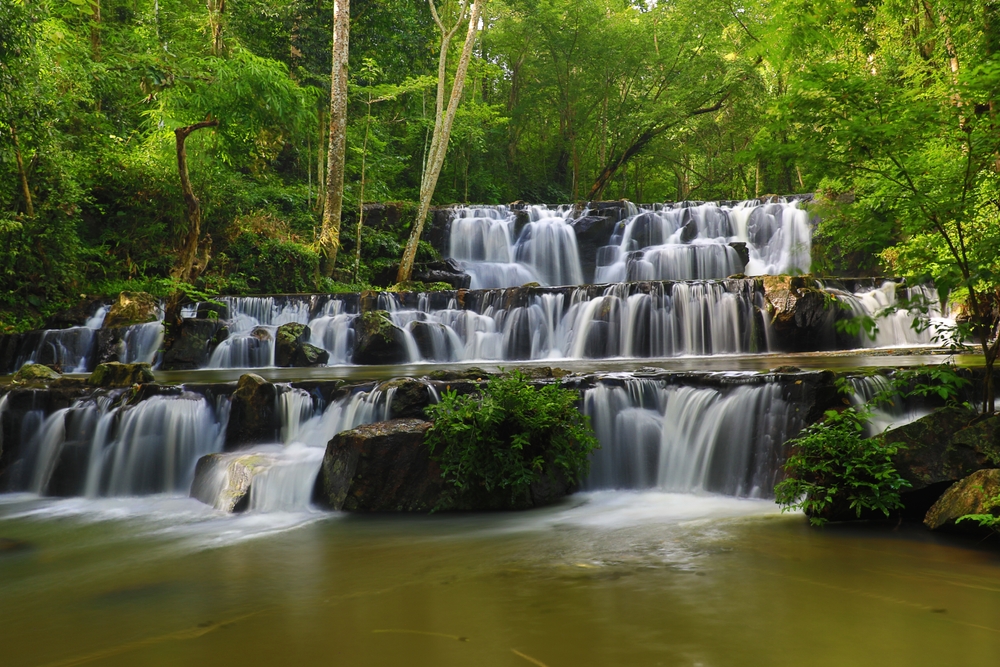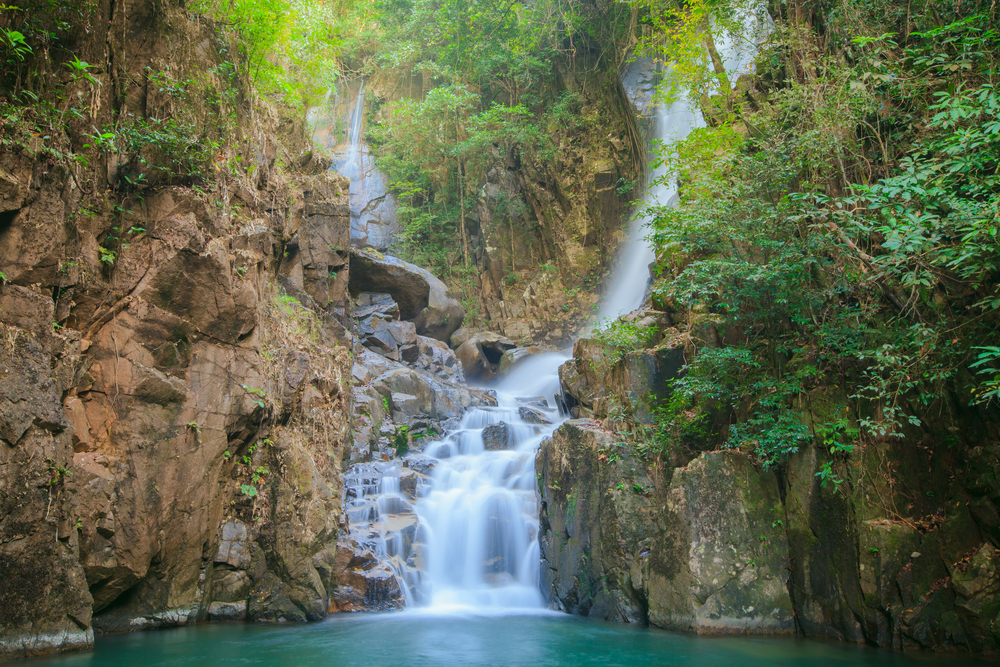Phu Phan Overview
Phu Phan National Park, or “อุทยานแห่งชาติภูพาน” in Thai, is a stunning protected area in northeastern Thailand. It spans an impressive 664 square miles (1,720 square kilometers) and lies primarily within the provinces of Sakon Nakhon and Kalasin. The park is part of the Phu Phan mountain range, an area rich in biodiversity and cultural history, offering a unique blend of natural beauty and traditional Thai heritage.
The terrain of Phu Phan National Park is characterized by rugged mountains, undulating hills, and fertile valleys. The park’s landscapes are a mix of dense deciduous and dry evergreen forests, interspersed with open grasslands and bamboo groves.
Among its most striking features are towering cliffs, serene waterfalls like Kaeng Ka-am and Than Thong, and mysterious rock formations, such as those at Pha Nang Moen viewpoint, which provide breathtaking vistas of the surrounding countryside. Visitors will also find small caves and ancient sandstone formations that add to the geological intrigue of the park.
Phu Phan is a sanctuary for a wide range of wildlife. Its forests are home to mammals such as barking deer, wild boars, and civets. Occasionally, more elusive creatures like Asian black bears and clouded leopards might also be spotted. Bird enthusiasts can revel in sightings of hornbills, pheasants, and various species of raptors soaring over the hills. The park’s wetlands and streams support amphibians, reptiles, and a diverse array of aquatic life, making it a vibrant hub of biodiversity.
One of the park’s most popular attractions is the Phra That Phu Pek, an ancient Khmer-style temple ruin located within the park boundaries. This historic site reflects the region’s cultural and spiritual heritage.
Additionally, Phu Phan is a destination for its natural viewpoints, which provide panoramic views of the Isan plateau, especially at sunrise and sunset. The tranquil waterfalls and peaceful forest trails are perfect for picnicking and hiking, offering visitors a chance to immerse themselves in the serene environment.
Visitors can experience Phu Phan National Park through hiking, birdwatching, and camping. The park has several well-maintained trails that allow for exploration of its diverse ecosystems and scenic points. Local guides are available for those interested in learning more about the flora, fauna, and cultural history of the area. The park also hosts traditional Thai festivals and events, which offer an opportunity to engage with the local culture.
Conservation efforts in Phu Phan National Park have focused on protecting its rich biodiversity and combating deforestation. While challenges such as illegal logging and poaching persist, the park authorities have made significant strides in collaboration with local communities to promote sustainable tourism and raise awareness about environmental preservation. These efforts have contributed to maintaining the park’s ecological balance and ensuring its beauty is preserved for future generations.











































































